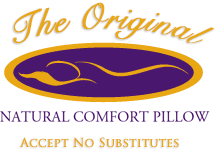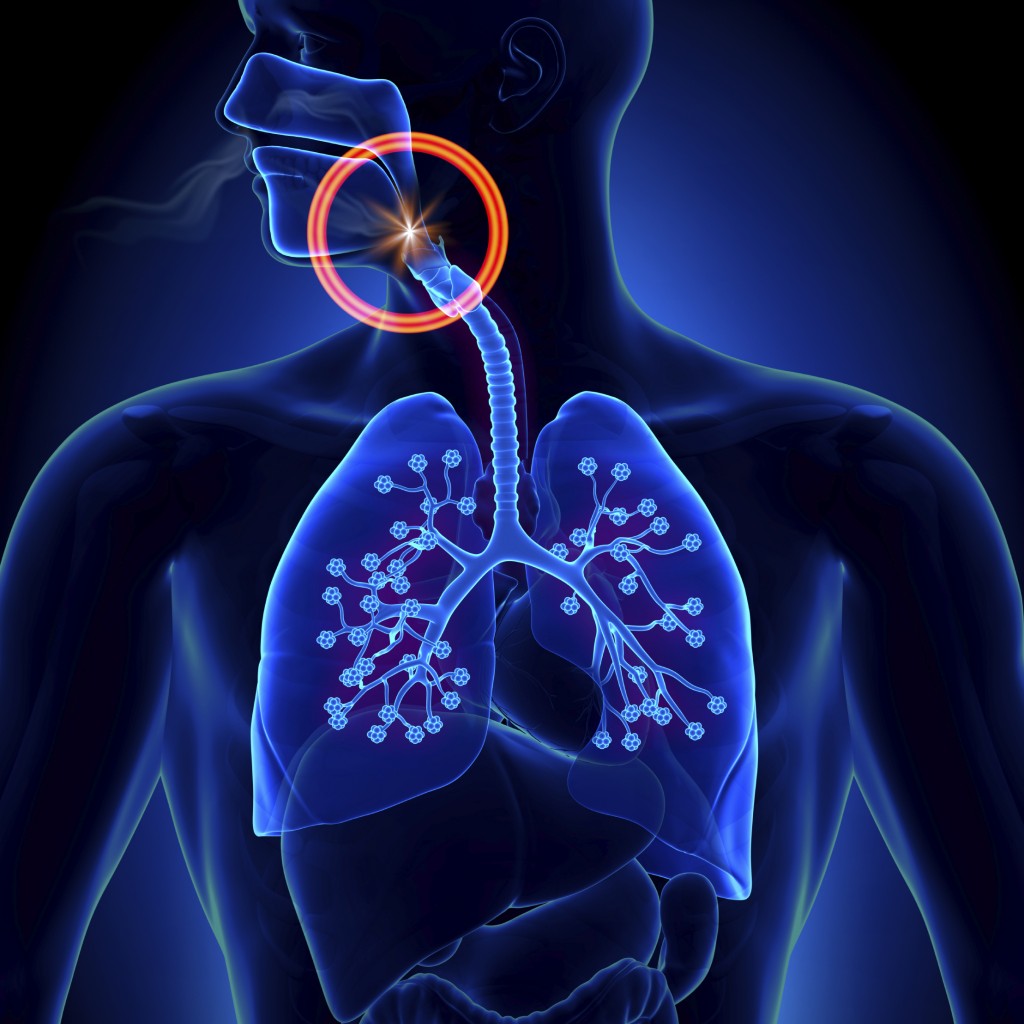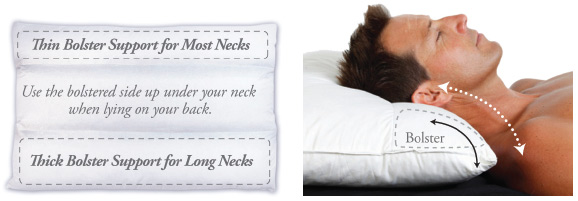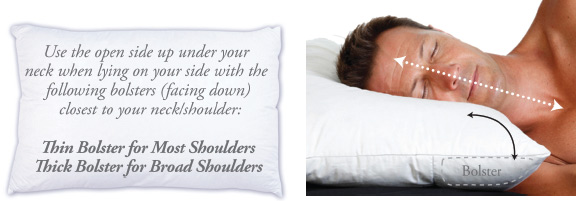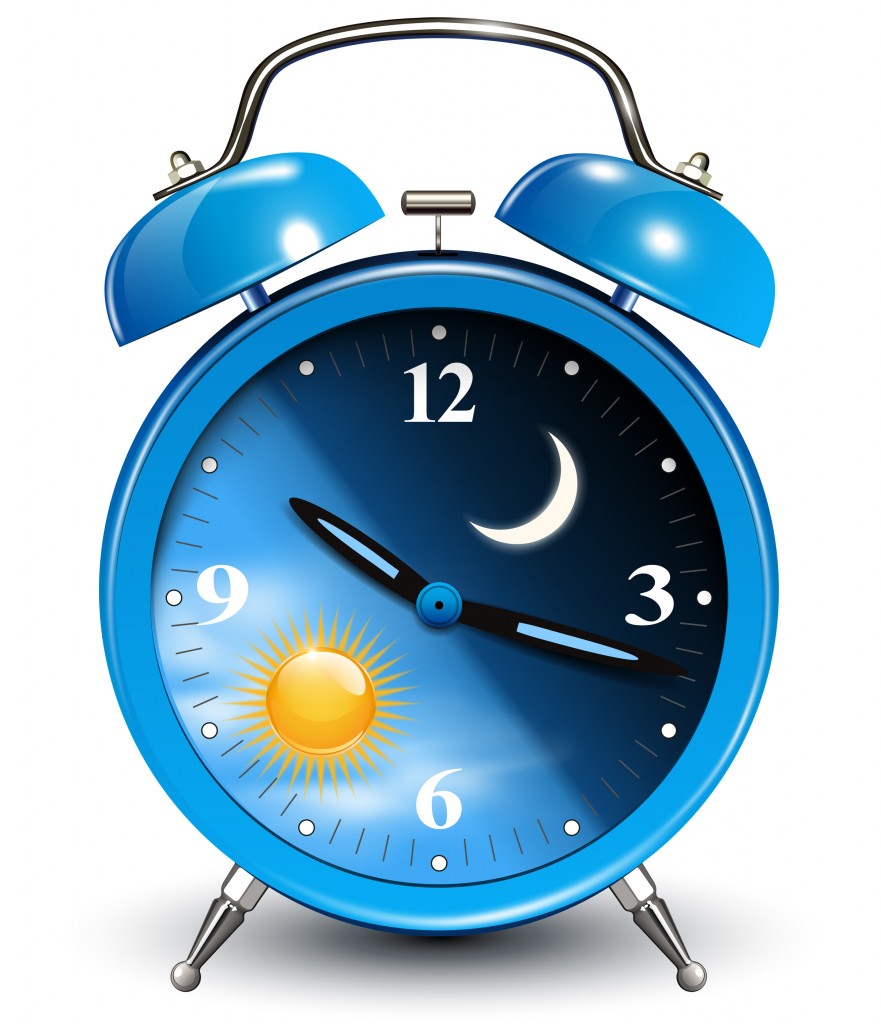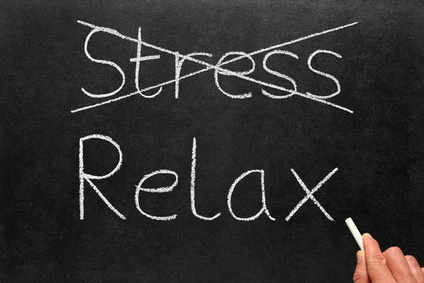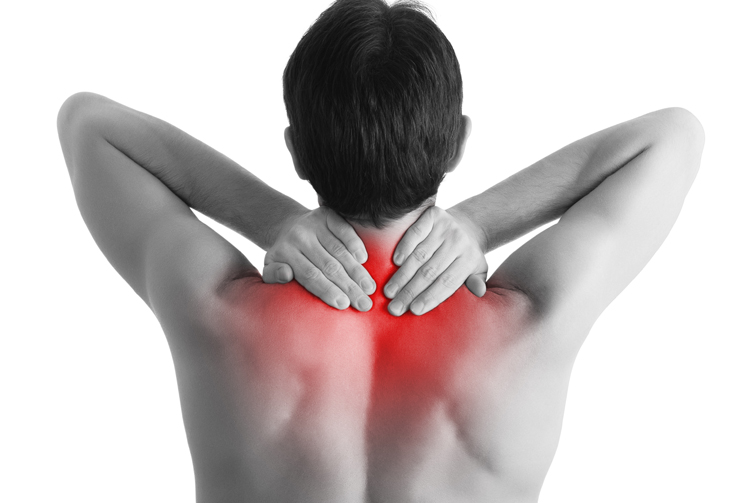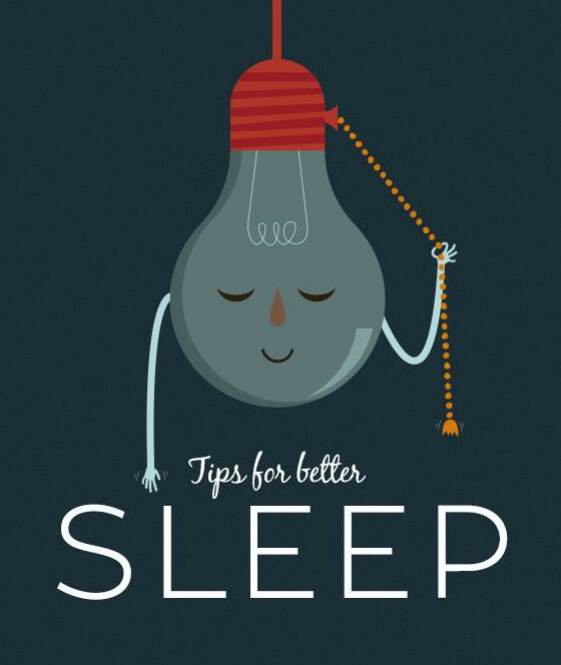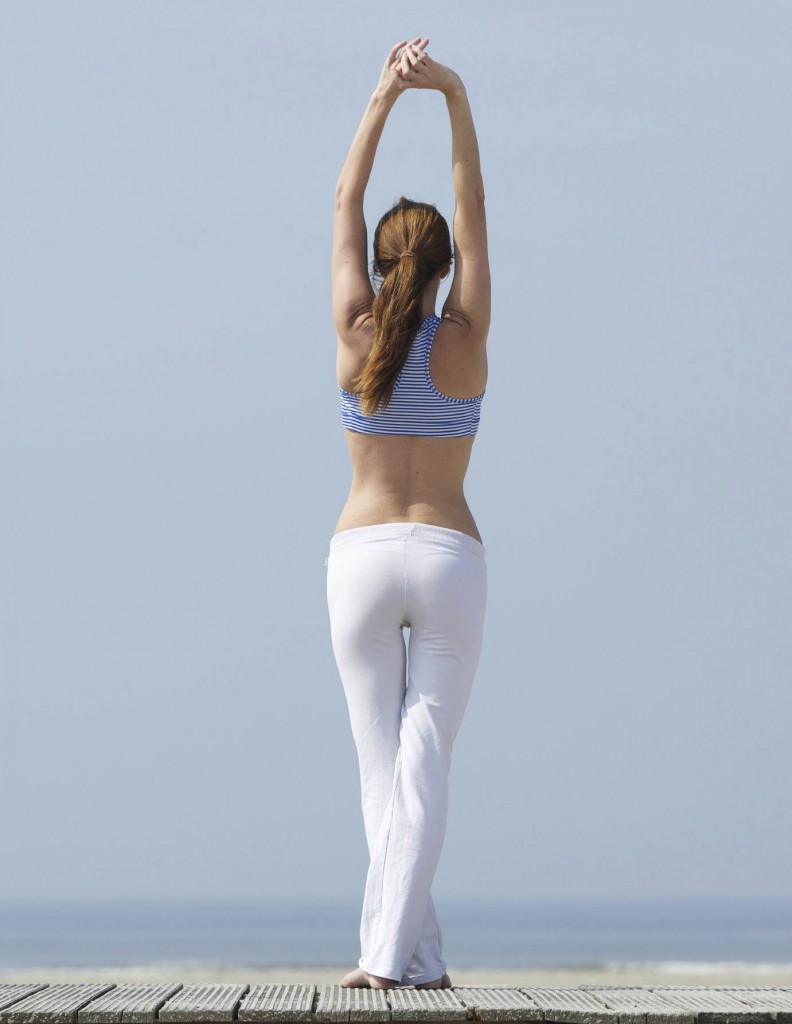 In a recent article, we talked about reducing migraines through diet. This week, we’re going to focus on simple ways to reduce neck and shoulder pain, which often leads to decreased migraines — not to mention a better quality of life. But first, let’s take a quick look at some common causes of neck and shoulder pain …
In a recent article, we talked about reducing migraines through diet. This week, we’re going to focus on simple ways to reduce neck and shoulder pain, which often leads to decreased migraines — not to mention a better quality of life. But first, let’s take a quick look at some common causes of neck and shoulder pain …
Common Causes of Neck & Shoulder Pain
- Stress or tension, which causes compression of spinal nerves (known as a “pinched nerve”)
- Arthritis
- A herniated disk
- Muscle strain caused by overuse (sports- or labor-related)
- Any kind trauma injury
- Shoulder instability (joint slippage in and out of sockets)
- Poor posture when sitting or standing
- Spinal misalignment when sleeping (caused by use of a non-supportive pillow)
Reducing Neck & Shoulder Pain
One of the easiest ways realize better neck and shoulder health is by using a supportive pillow. In addition to reducing pain, a supportive pillow can also help you sleep better. This combination of proper support, which aligns the spine, and better sleep is a highly effective way to reduce migraine occurrences.
How Our Pillow Helps
- For Back-lying Sleepers: A multi-bolster system, created by leading Australian physiotherapists, cradles the neck for proper spine alignment
- For Side-lying Sleepers: The non-bolster side of our pillow supports your shoulder while maintaining spinal alignment
- With proper spine alignment, your muscles are in a position where they can relax, instead of being tensed up, which helps decrease the occurrence of pain and migraines
- Migraines are often triggered by a poor night’s sleep; using a pillow that reduces pain can go a long way in helping you sleep better
Additional Ways to Reduce Neck & Shoulder Pain
Speaking with your doctor is always a good idea when addressing chronic neck or shoulder pain. Seeing a licensed massage therapist, physical therapist, or a chiropractor are also smart strategies. When choosing one of these specialized health professionals, look for experience and a proven track record, as opposed to who’s offering the best price. Like most things in life, you get what you pay for.
Stretching and exercise are also two options that help reduce neck and shoulder pain. But if you’re in pain, it may be difficult to stretch or exercise without causing more pain. Again, forming a plan with a health professional can assist in helping you feel better, while avoiding further injury or pain.
Aerobic conditioning is often an excellent way to help the neck and shoulders loosen up, reduce pain and increase range of motion. This occurs because aerobic activity increases blood flow to the muscles and soft tissues of the neck and upper back (your whole body, actually). It also helps release endorphins (after approximately 30 minutes of aerobic activity), which naturally reduce pain in the body.
We hope these strategies help reduce pain and improve the quality of your life!
Learn more about how our pillow can help with neck pain and shoulder pain.
